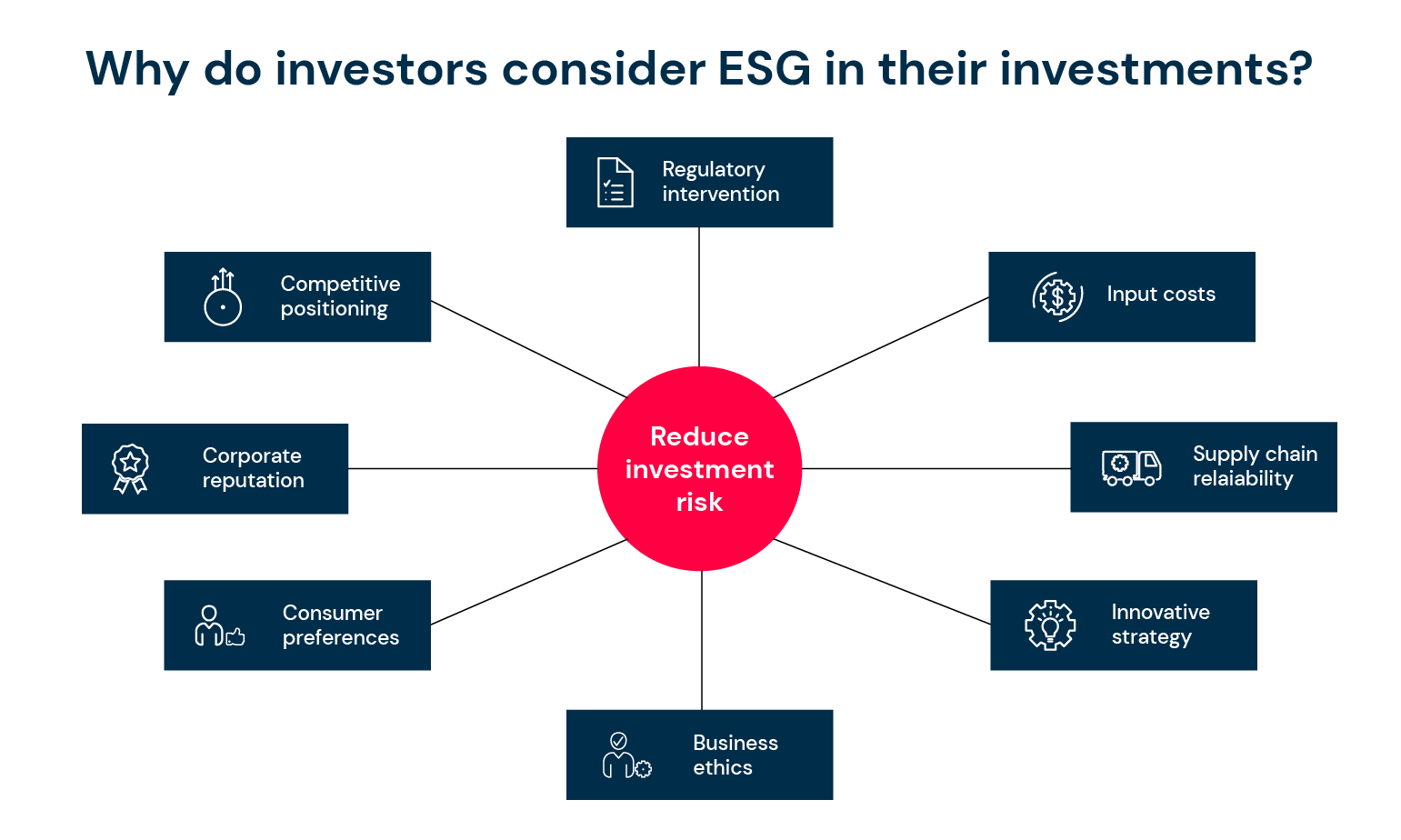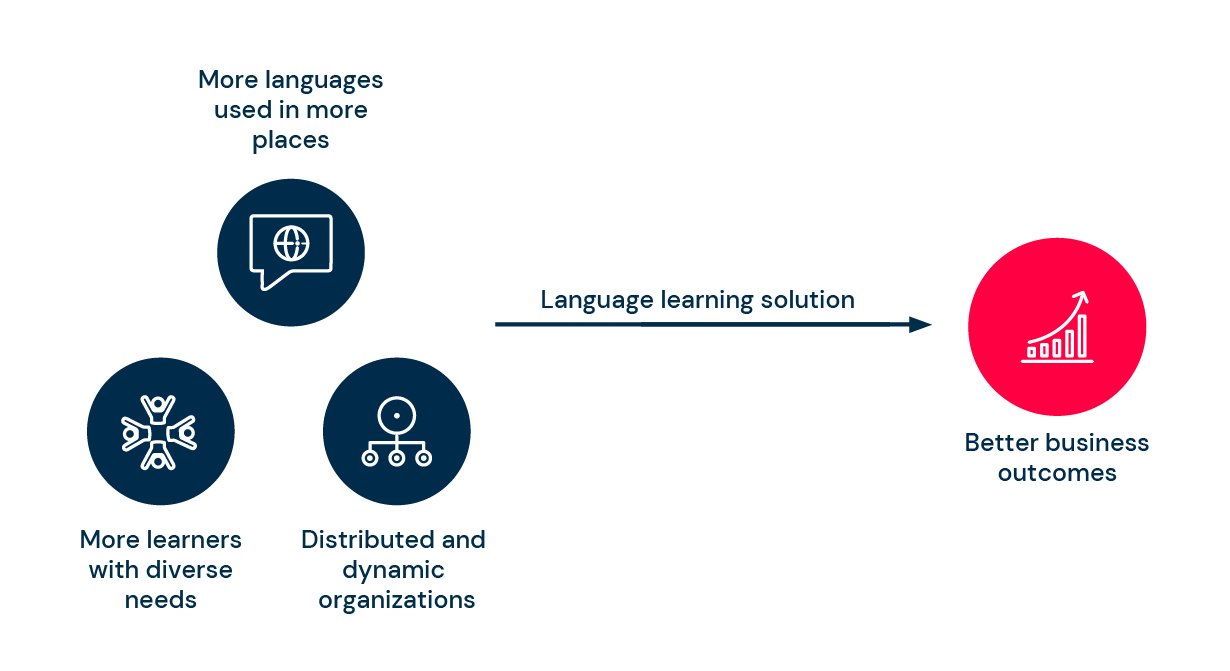Frequently Asked Questions (FAQs):
Sustainability
The UNEP describes Corporate Sustainability Reporting as a mechanism to measure business progress and its contribution to global sustainable development objectives. The reporting incorporates sustainability disclosures from an organization whether a stand-alone document or a part of the annual report.
There are several reasons why sustainability reporting is important, highlighting a few here:
- Improves performance: Businesses can utilize sustainability reporting to keep track of their economic, environmental, social, and governance performance. Close monitoring allows an enterprise to gain visibility into their implementation across key areas that help them set goals and develop strategies to improve their sustainability performance.
- Builds transparency: Typically considered “outside-oriented,” reporting on sustainability initiatives paves the way for systematic sharing of information between businesses and their stakeholders. The exchange promotes transparency and helps corporates increase their brand value while attracting more investment opportunities.
- Attracts talent: As per a Reuters’ survey, 65% of respondents are inclined to work for a company with strong environmental policies. Corporations that regularly report their sustainable initiatives build credibility which helps attract better job applicants.
- Draws investors: Several reputed investment firms such as BlackRock have made sustainability a crucial deciding factor. This development is an indication of the growing shift in the market where sustainability reporting will be crucial in shaping stakeholders’ opinions.
Besides these reasons, sustainability reporting is necessary when complying with regulatory standards across the world. Some of the widely used sustainability regulatory frameworks are:
- Global Reporting Initiative (GRI)
- International Organization for Standardization (ISO)
- Principles for Responsible Investments (PRI)
- Sustainable Development Goals (SDGs or UN SDGs)
- Sustainability Accounting Standards Board (SASB)
- Integrated Reporting (IR) Framework
ESG is an acronym for ‘environmental, social, and governance’. Many socially conscious investors leverage ESG reports to screen an enterprise’s operations for potential investment purposes.
The environmental criterion considers a business’s efforts toward nature while the social criterion considers the relationship between a company and its employees, customer, and the community. Finally, the governance criterion concerns itself with an organization’s leadership, internal control, pay, and audits.
For an enterprise to meet its bottom line and achieve net-zero, demonstrating its ESG performance is crucial.
While ESG and sustainability are terms often used interchangeably, there are some noteworthy differences. Let us look at some key differences
| Sustainability | ESG |
| Focuses on the relationship between an enterprise and the environment | Focuses on corporate identity, stakeholders, leadership, and the employees |
| Set by standard groups such as GHG Protocol and are more scientific-oriented and standardized | Based on standards that are set up by reporting and investment organizations such as PRI, and MSCI |
| A framework to make internal capital investments such as energy-efficient measures, switching to a cleaner energy source, and more | An investment framework that allows external investors to evaluate a company’s performance and risk management procedure |
| Focuses on environmental impact | Focuses on risk and materiality profile |
ESG investing is making ‘sustainable’ investments considering the environment, social, and economy. It stems from the growing assumption that the financial performance of enterprises is interlinked and affected by environmental and social factors.
ESG funds are portfolios where asset allocation includes shares and bonds of companies that are evaluated based on their environmental, social, and governance performance. ESG funds came into prominence recently due to the coronavirus pandemic, which led investors to invest in funds to increase resilience amidst heightened market volatility and uncertainty.
Some of the preferred ESG funds are:
- 1919 Socially Responsive Balanced A (SSIAX)
- Pax Large Cap Fund Institutional (PXLIX)
- Thornburg Better World International I (TBWIX)
- Parnassus Core Equity Investor (PRBLX)
- iShares MSCI USA ESG Select ETF (SUSA)
As per a Gartner report, 85% of investors considered ESG factors in their investments in 2020. This number has seen a steady rise as investors continue to screen an organization’s ESG performance to make sound investment decisions.
Gartner’s research also indicates that investors’ connection with the ESG performance of a company can be classified into four categories:
- Financial
- Competitive
- Strategic
- Perception

Image credit: Gartner
ESG rating is an assessment of an organization’s exposure to long-term environmental, social, and governance risks. It helps investors analyze the ESG performance of an enterprise.
ESG ratings are accessed via an online data model with 7,200 securities spread across 47 developed and upcoming markets. There are several ESG Rating Agencies such as Sustainalytics, FTSE ESG, and the widely accepted MSCI ESG score.
GHG is an acronym for Greenhouse gases. These are emissions resulting from activities that involve burning fossil fuels such as coal, natural gas, and petroleum. Chief gases responsible for affecting climate are carbon dioxide, methane, and nitrous oxide.
GHG emissions are measured in carbon dioxide (CO2) equivalent. The formula is illustrated below:
GHG emissions x Global warming potential = CO2 equivalent


Carbon credits help enterprises recompense unavoidable emissions by financing environmental projects that absorb or reduce carbon emissions from across the world.
For corporates choosing to invest in carbon credits, here are a few credible ways:
- Carbon-Credit ETFs: ETFs stand for exchange-traded funds. This fund mostly behaves like passive or index funds, though it is designed to be purchased and sold as regular stocks. ETF.com states that KraneShares Global Carbon Strategy ETF KRBN is the largest carbon credit ETF with $1.33B in assets
- Individual companies: Another platform is investing in companies that trade in carbon credits. For instance, Microsoft recently announced its goal to become “carbon negative” by 2030 and has contracted 1.3 million carbon offset credits for 2021
- Carbon-credit futures: Futures contract that allow the delivery of CORSIA-eligible carbon offset credits. CORSIA was developed by the International Civil Aviation Organization (ICAO) and is internationally recognized as an accepted carbon offset scheme
To know more about sustainability and carbon accounting, contact us here.
Carbon accounting and offsetting: Strategies, solutions and more
As enterprises strive to achieve net-zero status, the need of the hour is to reduce what they can and offset what they can’t.